
Note: any pricing is from the original post date
Most people leave poor little Tassie off the itinerary when visiting great big Australia. And to be fair, it may look like a small, seemingly insignificant heart-shaped dot hovering below the mainland, but it’s full of tastes to be tried, sites to be seen, and adventures to be had. Plus, Tasmanian residents might just be the proudest of their state of anyone in Australia (evidenced by the plethora of “Tasmania!” souvenirs and a distinct lack of “Australia!” paraphernalia). And while it may be small –just a smidge smaller than our home state of Ohio, in fact — there’s plenty to see. And to see it all, we recommend a road trip.
If you’re bringing your car from the mainland, you’ll have to take the ferry. It’ll cost you anywhere between $150 and several hundred for one person and a car depending on how far in advance you book, what time of year it is and how big your vehicle is. Obviously private cabins cost more if you don’t want to sit in a recliner for the 12-hour journey.
On the other hand, you can fly from Sydney or Melbourne for under $80, even if you book last minute, and rent a car when you arrive. We scored a deal on a car rental by booking at least a week early, plus we found a $50 off coupon in one of the tourist books we picked up at a local information center. So we only paid about $85 for an economy car for 6 days and filled the tank three times at about $35 each time.
And that’s about all we spent. OK, so we maybe spent $100 on food the whole week, but we only paid for accommodation once (a campsite) and that was only $13. How, you ask? How do you think? We slept in our car. Don’t turn your nose up! It’s not so bad! Plus, you don’t have to go more than two steps away to brush your teeth or cook dinner or go to the bathroom (a few steps in opposite directions, hopefully) and when staying in free campsites, of which there are lots in Tassie, and buying cheap dinner supplies, you can spend very little while living fairly comfortably. For a short time, anyway.
We started in Hobart, where we were doing a work-stay for a few weeks prior to our road trip. The day before we left we went to a local thrift store and snagged two warm blankets for $3 each and a little stainless steel pot for $2. Ta-da! Sleeping and cooking were sorted! We already had our inflatable travel pillows and Lexan plasticware, but you could swipe extra spoons and forks from a fast food restaurant if you need some. We did that with napkins and kept our coffee cups from cafes to use for hot liquid and soup. For dinner we’re not too good at eating straight out of the pot.
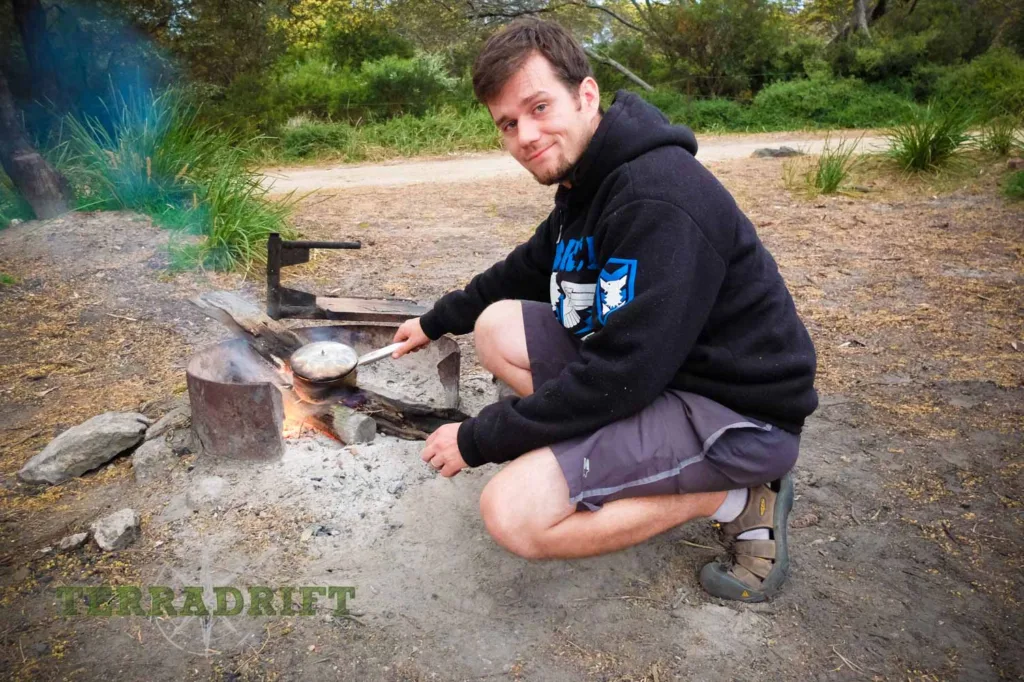
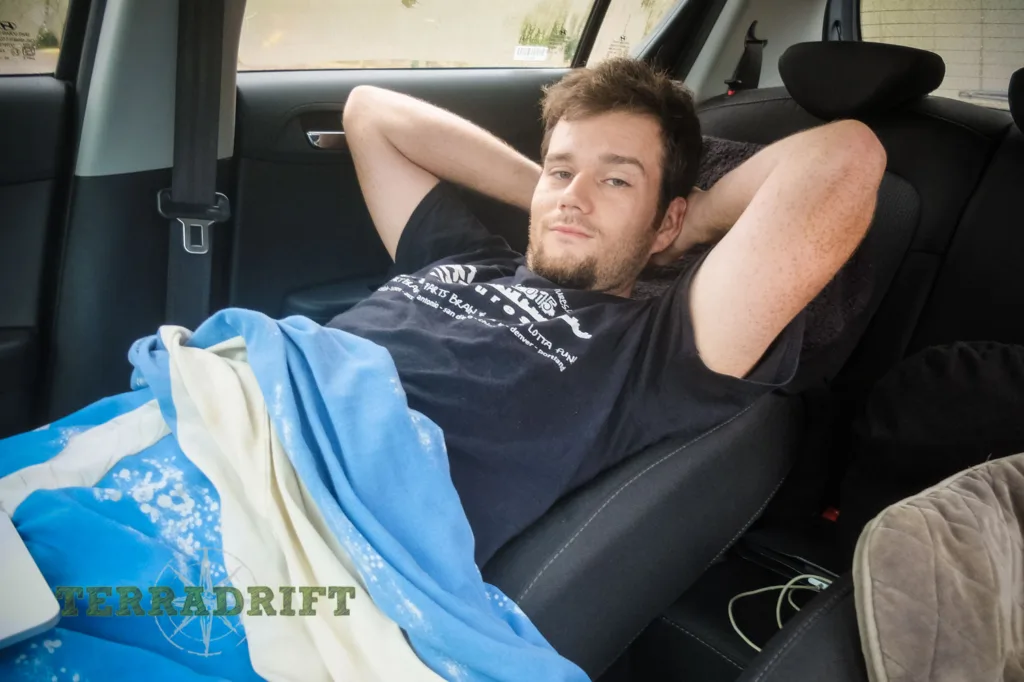
Anyway, we stocked up on food the morning we left. We bought bread and peanut butter, fresh fruit and veggies to munch, trail mix, granola bars, tofu, oats, shelf-stable soy milk, hummus, baked beans, ramen, freeze dried peas, and two jugs of water (not all the campsites we mapped out had drinking water available). And just like that we had breakfast, lunch, and dinner sorted! We stopped once or twice throughout the week to restock, but we only ate out once in Launceston, so we didn’t spend much and the cooking all took place in that one pot, mostly on campfires we built with found wood.
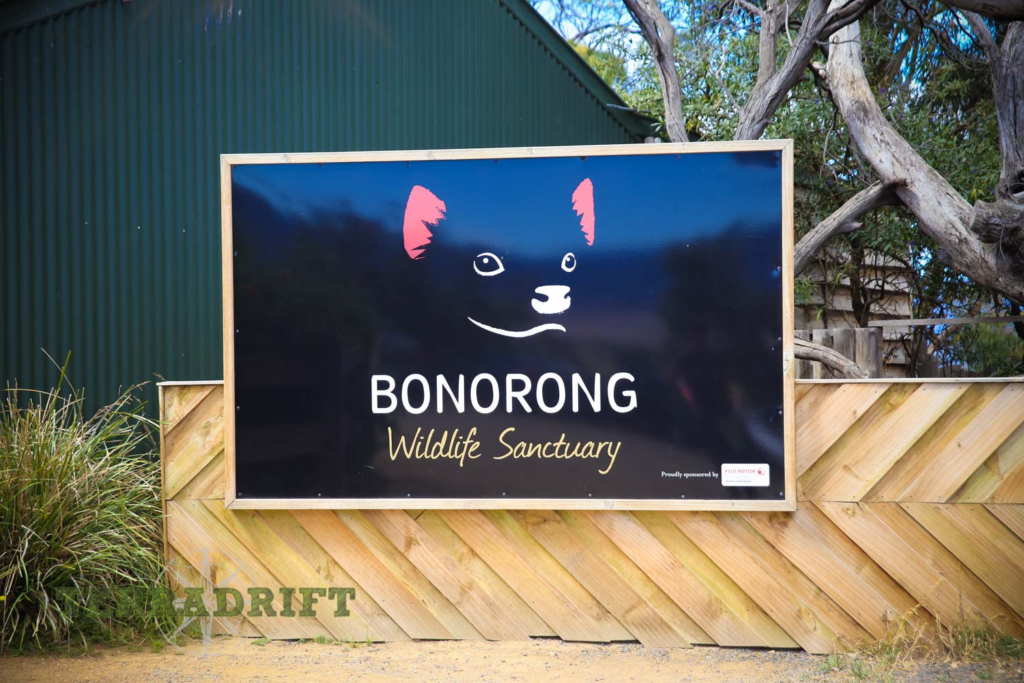
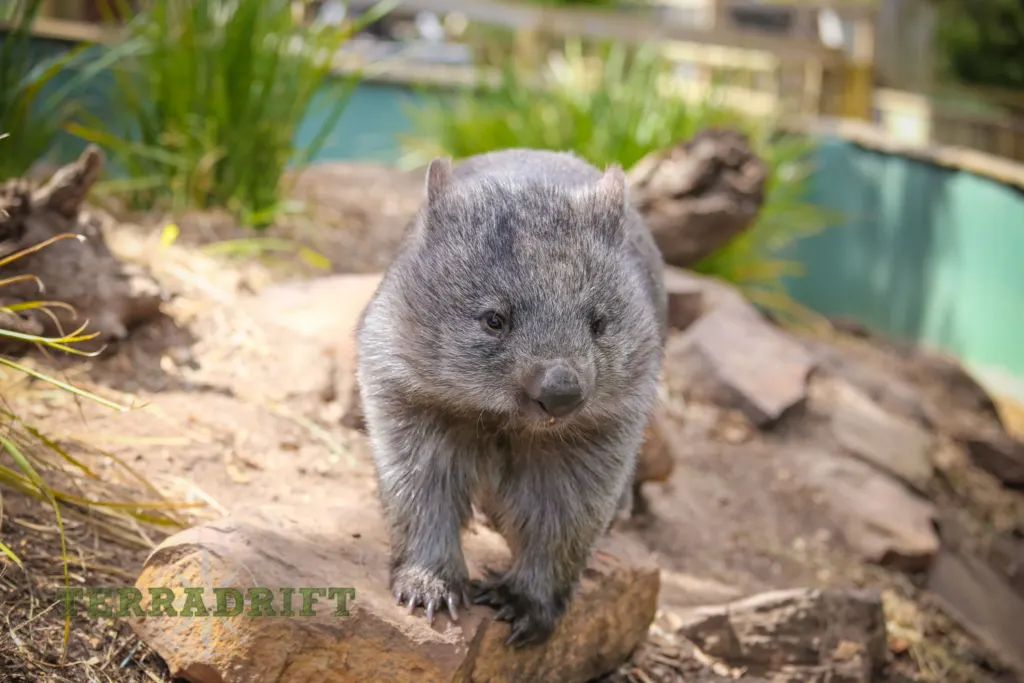
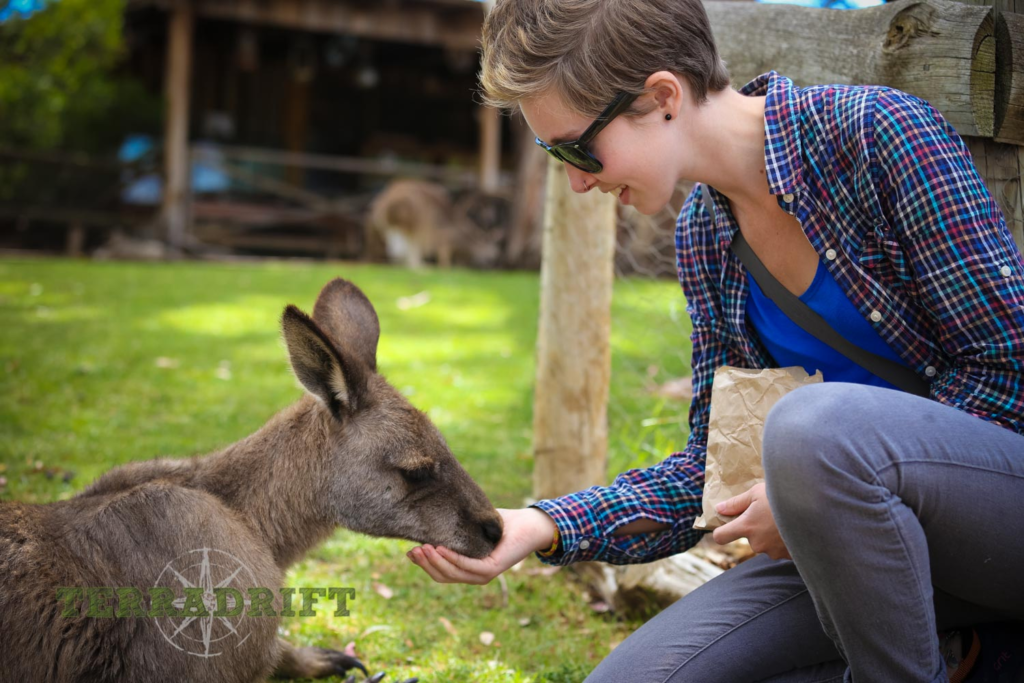
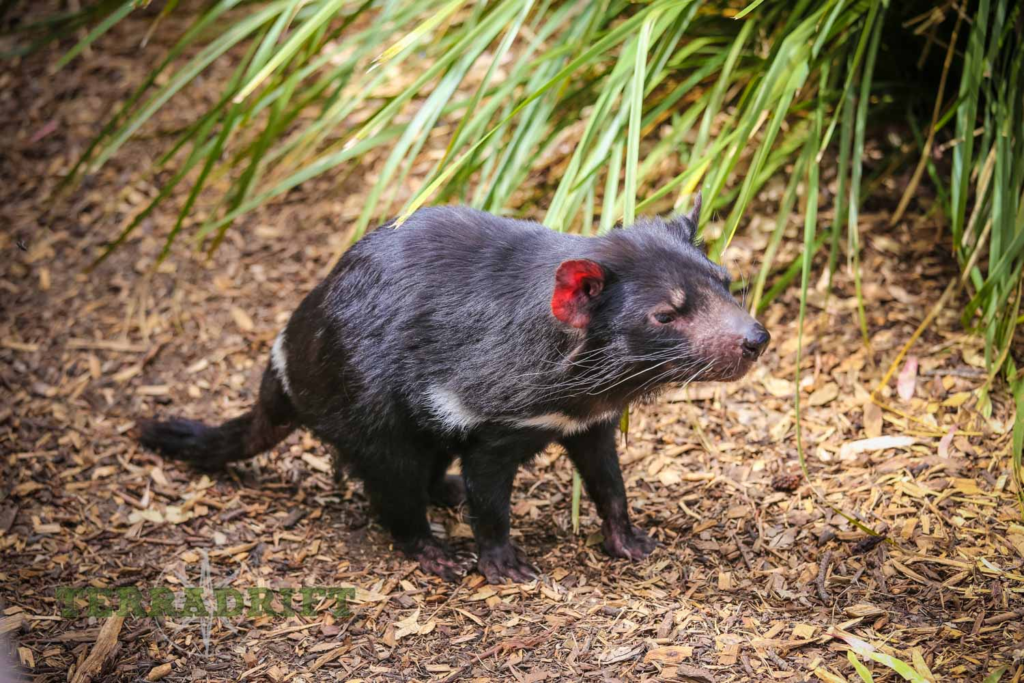
But back to the route! We left Hobart and headed 30 minutes north to Bonorong Wildlife Sanctuary, the only 24 hour rescue sanctuary in Tasmania. It. Was. Amazing. I giggled like a little girl as kangaroos ate out of my hand, laughed as Josh refused to let an employee holding a wombat pass by without getting to pet it, tried effortlessly to snap a photo of a blue tongue with his blue tongue sticking out, and simply didn’t want to leave after a super cuddly young roo held my hand and let me snuggle him. As an animal lover, it was the experience of a lifetime and knowing that Bonorong has rescued and is rehabilitating most of their devils, quolls and other native wildlife makes it even better.
When I finally pulled myself (reluctantly) away from Bonorong, we headed east to the Tasman Peninsula. and set out on a late afternoon hike on one of Tasmania’s 60 Great Walks, the Cape Hauy Track. A three hour round trip was strenuous and taxing, but we were awarded with phenomenal views from the tops of cliffs overlooking the Tasman sea. And a stinging bite from one of Australia’s poisonous insects, the Jack Jumper. Not cool. And as the sun was starting to set by the time we got back to the trailhead, we opted to forgo the indeterminate drive to one of the free sites we mapped out and paid for a site right there in Tasman National Park. It is with the utmost delight that I state that the $13 paid for itself. Besides making friends with the young couple in the site next to us (so glad we had to ask them for matches!) and staying up laughing and chatting until nearly midnight, potoroos, wallabies, and possums scurried around us all night as we sat around the fire sharing damper and chocolate. I pet a wallaby as he warmed himself, we watched mischievous creatures try to sneak into the back of cars, baby possums get stuck in dinner pots, and listened to devils howling in the woods. It was amazing. And despite not sleeping well as we figured out how best to arrange ourselves in the small car, I awoke a very happy camper.
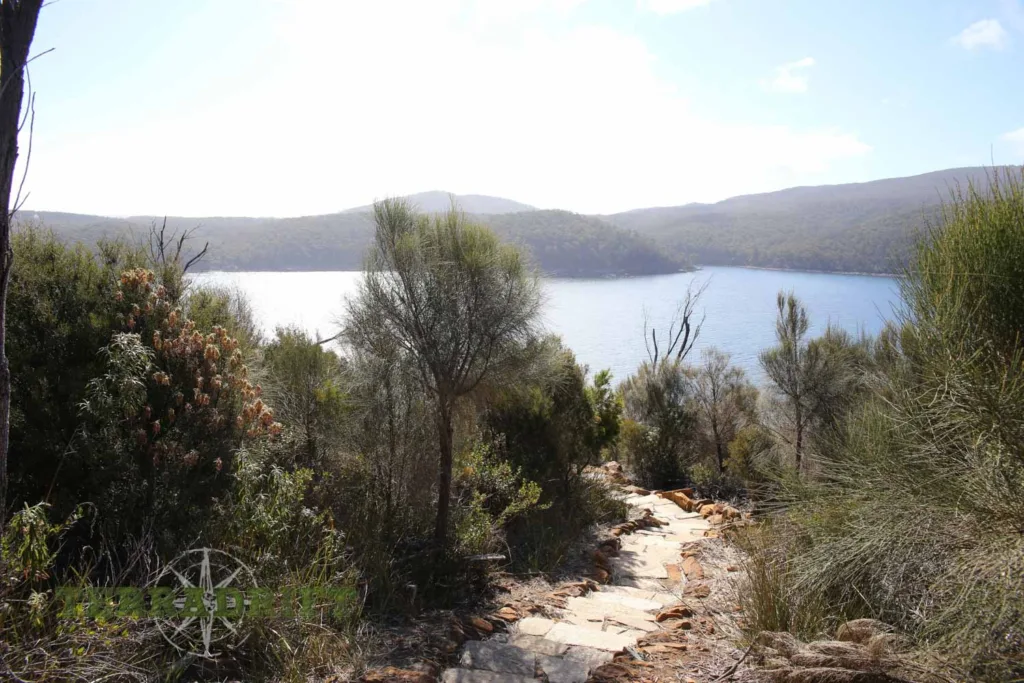
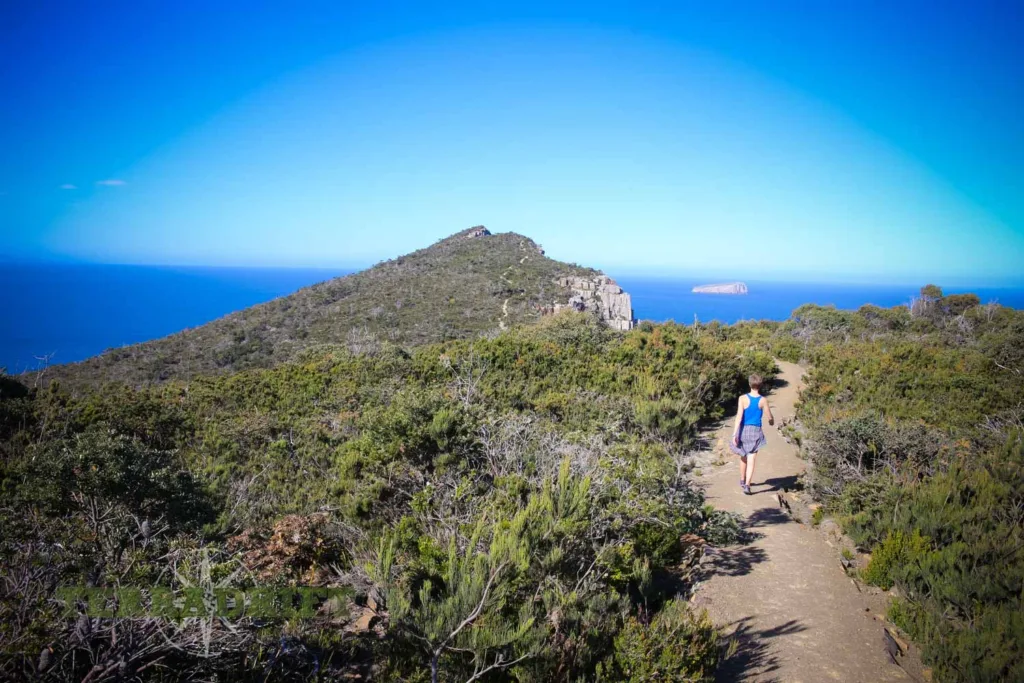
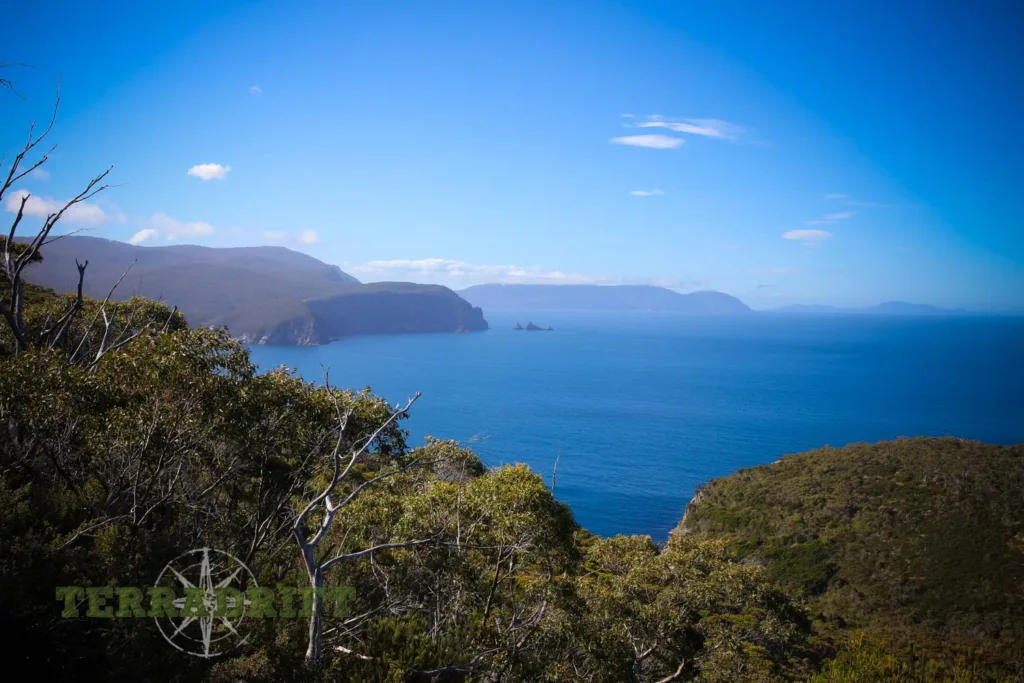
Day two saw us at Port Arthur Historic Site as soon as they opened. We went on a walking and ferry tour to learn about the earliest Tasmanian penitentiary’s storied past and wondered at the tales of 11-year-old boys who were shipped from England to this working prison for stealing a pair of boots. The whole place was intriguing and we certainly got our dose of history for the day before heading North to the Freycinet Peninsula. We hiked to beautiful Wineglass Bay in Freycinet National Park with the intention of continuing a circuit along Hazards Beach, but it was getting late and we were tired and hungry. On returning to the parking lot, however, we found several wallabies hopping about looking for snacks from unwitting tourists (you’re not supposed to feed these guys as it can make them sick and even kill them). We didn’t offer snacks, but I still got kisses from one who smelled food on my breath, which made me very happy indeed.
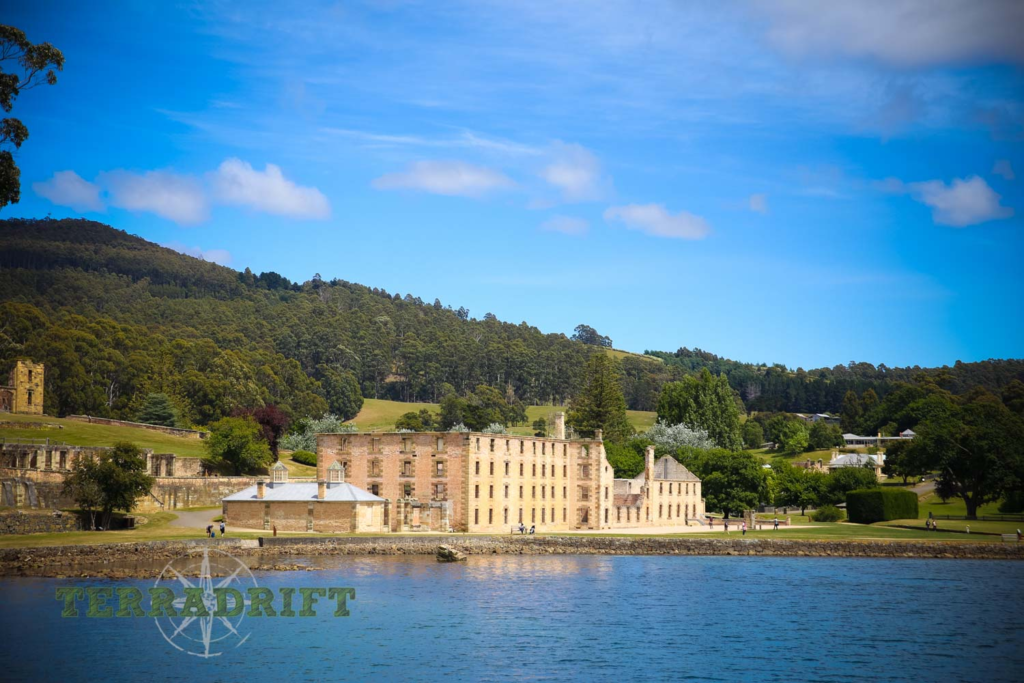
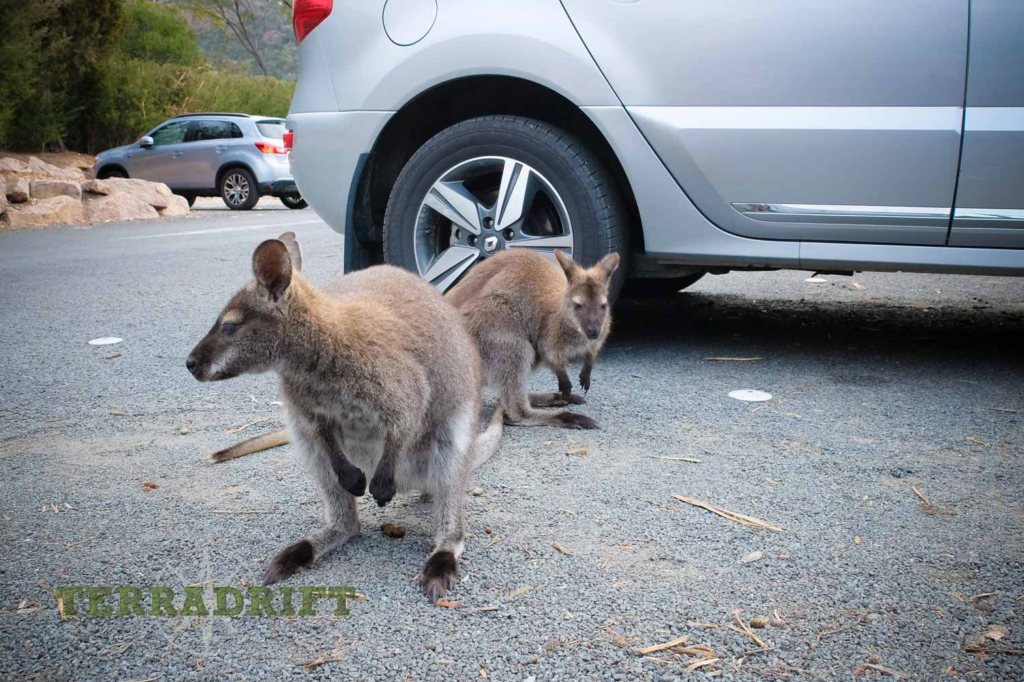
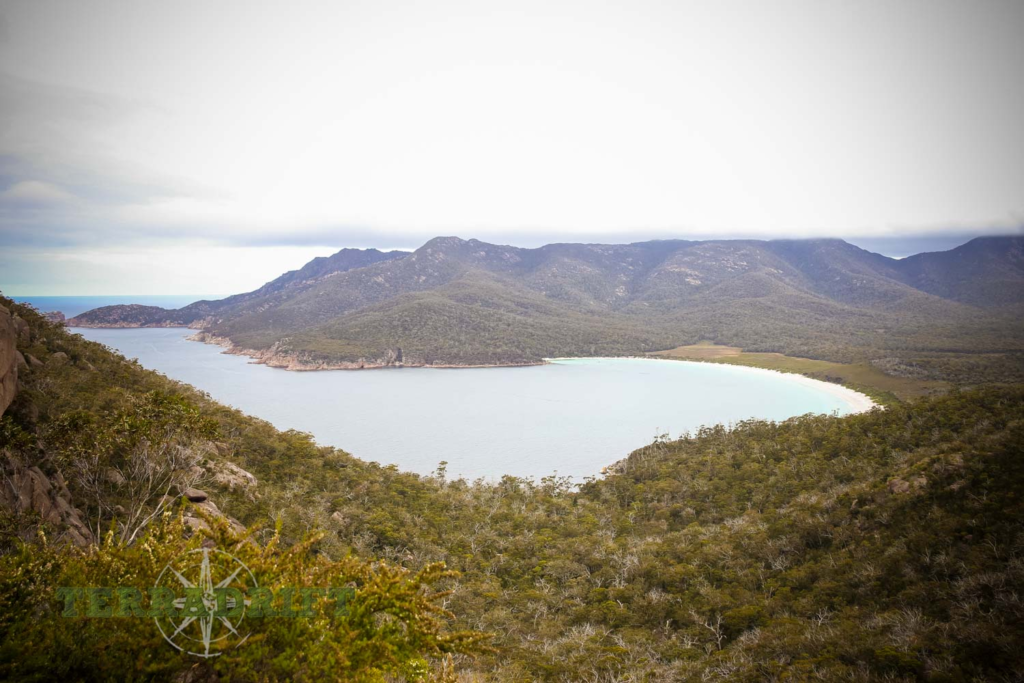
That night we stayed at a free waterfront campground on River and Rocks Rd. where we witnessed hundreds, thousands of tiny sand crabs shimmying back and forth across the beach, making the whole place look like it was moving. We both finally figured out about half way through the night that the most comfortable sleeping position was in the fully reclined front seats, so, success! Unfortunately, it wasn’t early enough to make us want to do a lot of exploring on Day 3. Fortunately, there wasn’t much exploring to do on day 3. We headed to Bay of Fires, which no doubt would have been exceptional if it hadn’t been so drizzly and cold all day. So we walked along the beach and climbed on the rocks for an hour or two, but hit up the local grocer and found our free campsite, a beautiful, stormy ocean front location at Cozy Corner. The view was exceptional and all night we got to listen to waves crashing outside our car door.
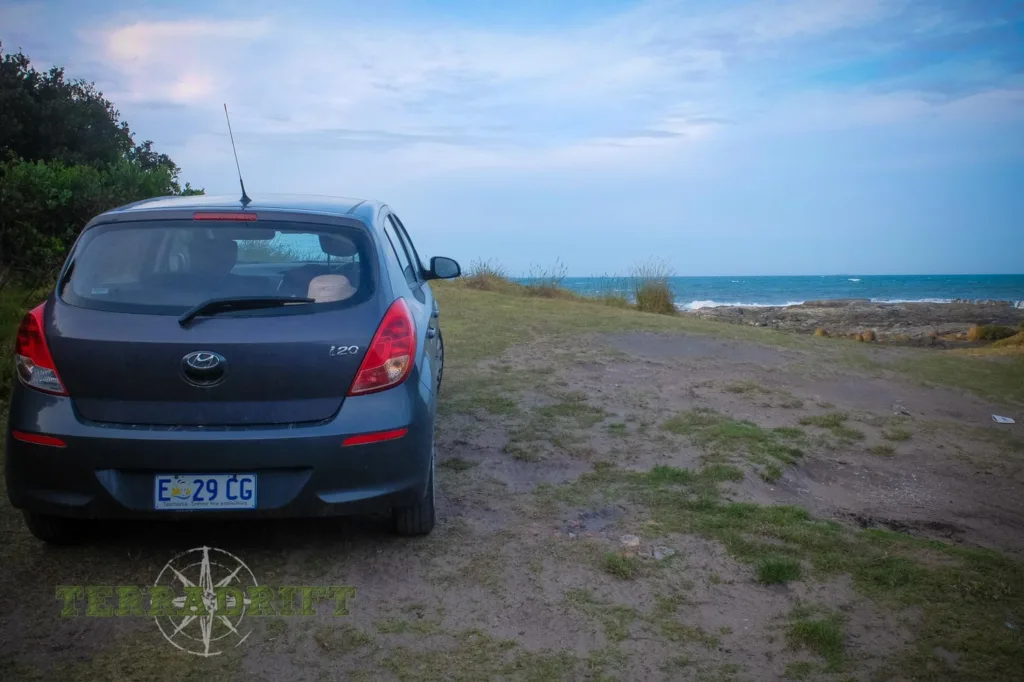
Day 4 took us west to Launceston where we did a brief bit of urban exploring at the Queen Victoria Museum and the art gallery. Both were free and rather fun, actually. Of course, we’re partial to interactive exhibits because we’re just big children, and there were plenty of things to keep us entertained. We also took a hike around the Cataract Gorge and watched rock climbers, cliff divers, and swimmers enjoy the sunny afternoon. We camped outside the city on Swan’s Point. We started at an overnight area next to Rose Bay Park where there was an electric grill, but a few questionable trucks kept pulling in and out of the lot and we opted to relocate. The first rule of sleeping in your car, after all, is if you don’t feel safe, get outta there!
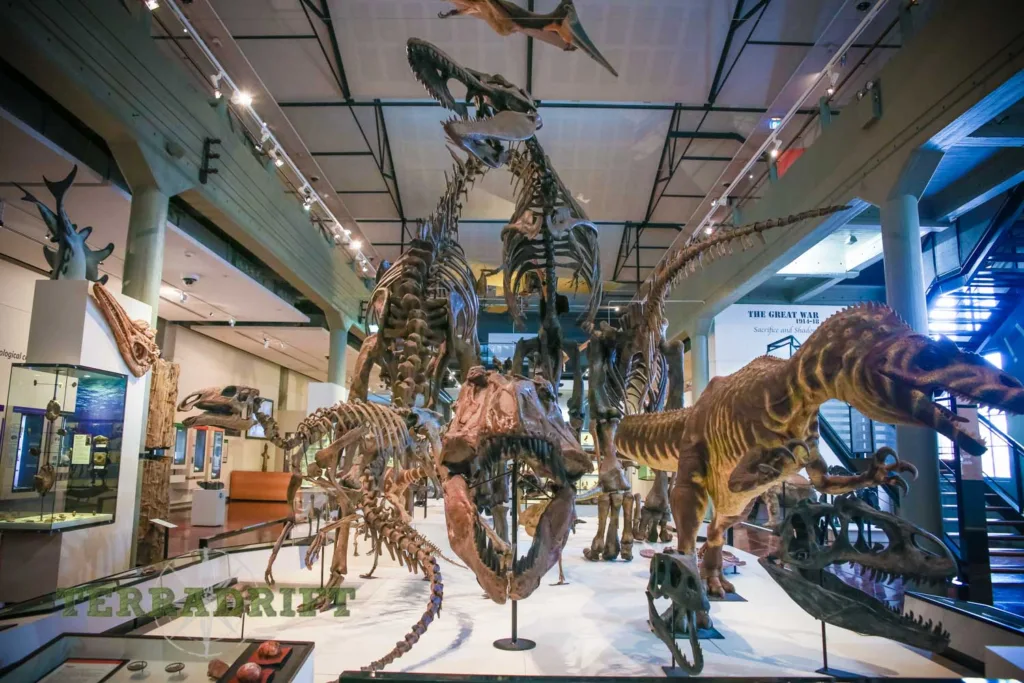
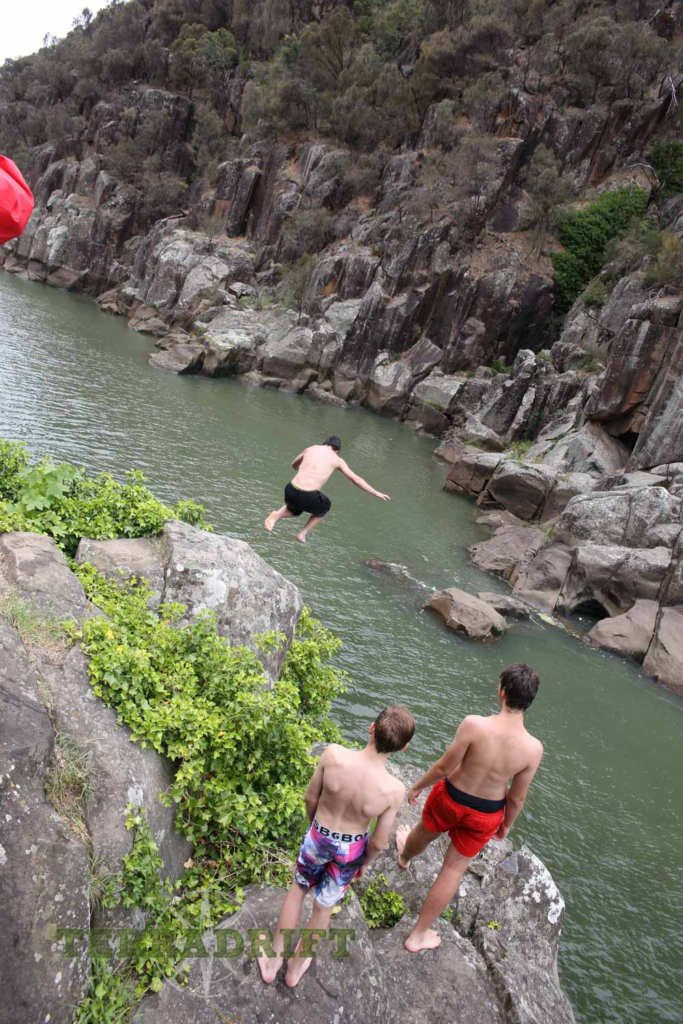
In any case, after meeting a friend from Hobart in Launceston for coffee who told of the wonders of Cradle Mountain, we decided to double-up the site-seeing on Day 5. It was supposed to rain on day 6, anyway. So we booked it 2.5 hours west to Cradle Mountain, walked around Dove Lake which would have been phenomenal had it not been cold and grey with clouds completely covering the peak. However, it was still an awesome national park. We ate lunch on the trail and when we got back to the parking lot set off north-west for Stanley where we arrived 2 hours later in plenty of time to climb to the top of The Nut and walk around the track on the top. By then the sun had come out, the skies were blue, the water of the Bass Straight was the brightest turquoise, and even though we were fairly certain we were going to get blown straight off the top, the views around every turn were breathtaking. Views only rivaled by our first hike on the Tasman Peninsula. Simply amazing.
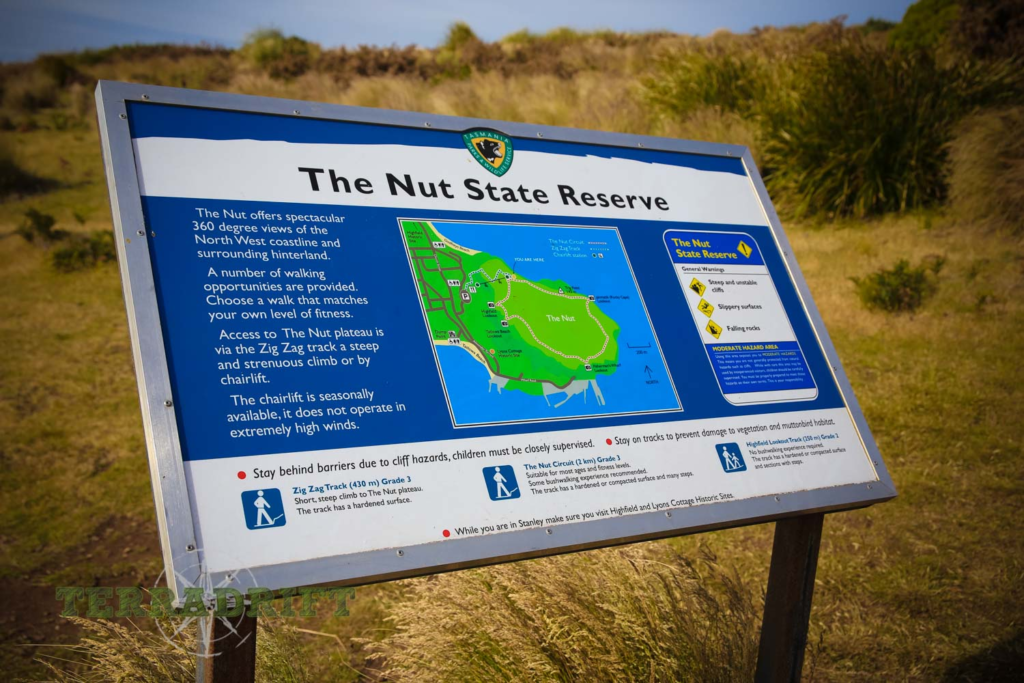
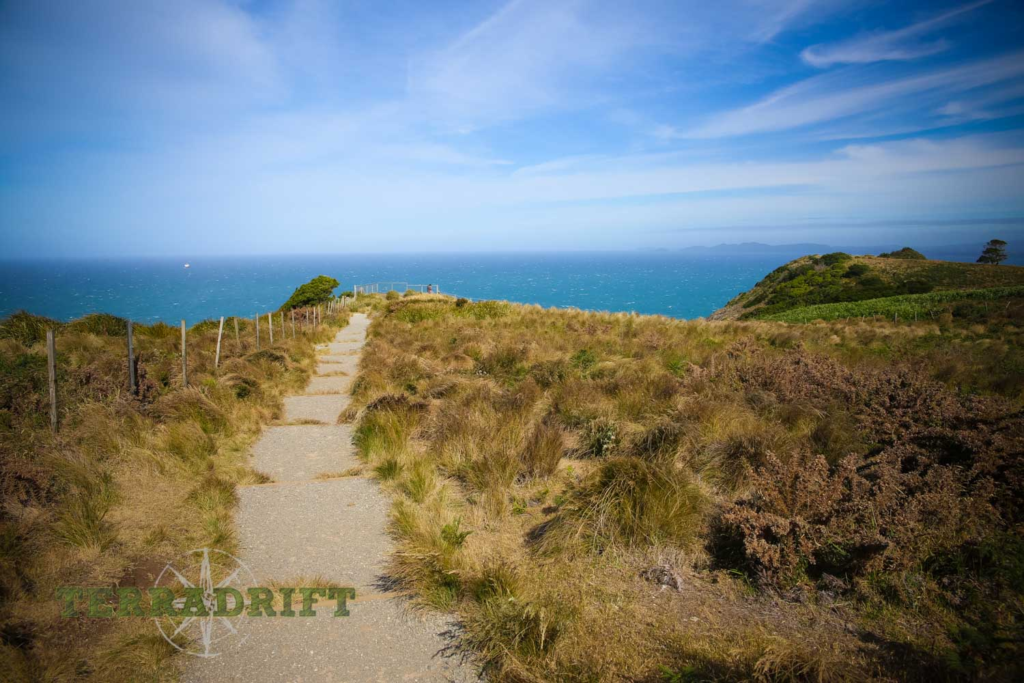
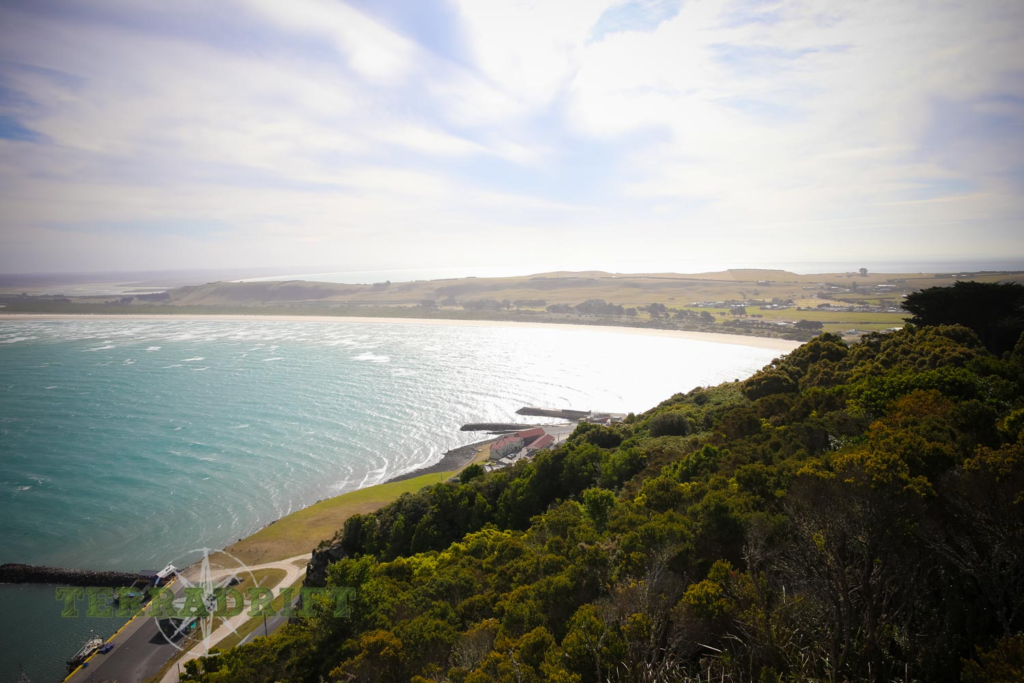
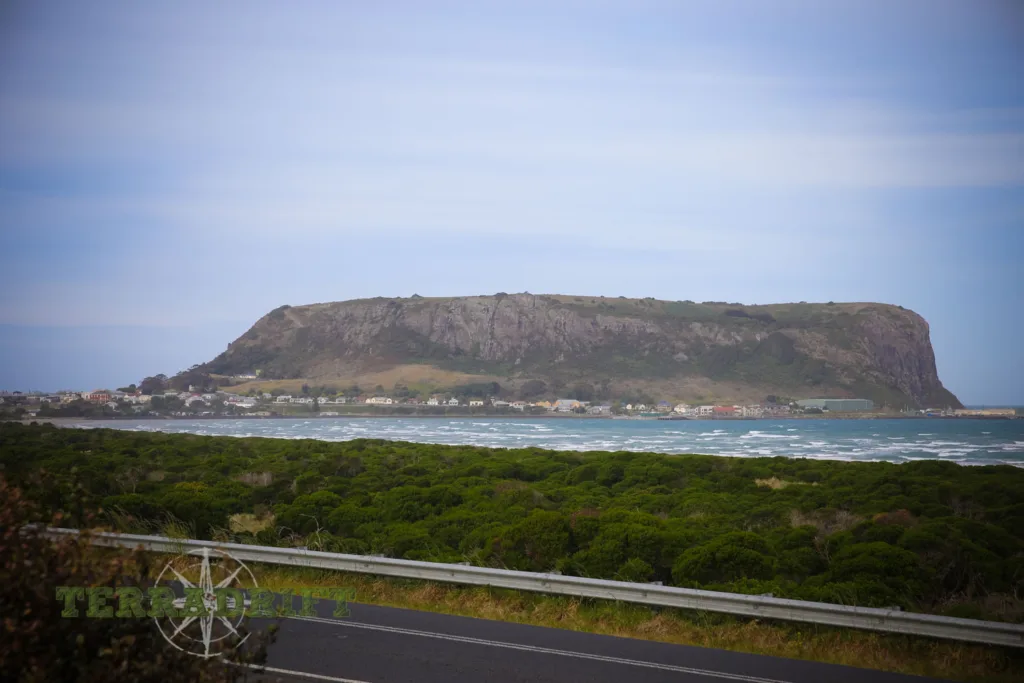
We camped at Brickmaker’s Beach, another waterfront site with killer vistas, with plans to head back to Launceston the next day. We wanted to camp closer to the airport to decrease the chances that something would go wrong on the way and derail our travel plans back to the mainland. So we killed another afternoon in Launceston, got coffee, walked around the mall and the park, and camped at a different campsite in Lilydale Falls where we were told there was a platypus, but never found despite our searching. The next morning we returned our car and caught a flight back to Melbourne where we would take off on the next leg of our Australia adventure, but this was a journey we won’t soon forget.
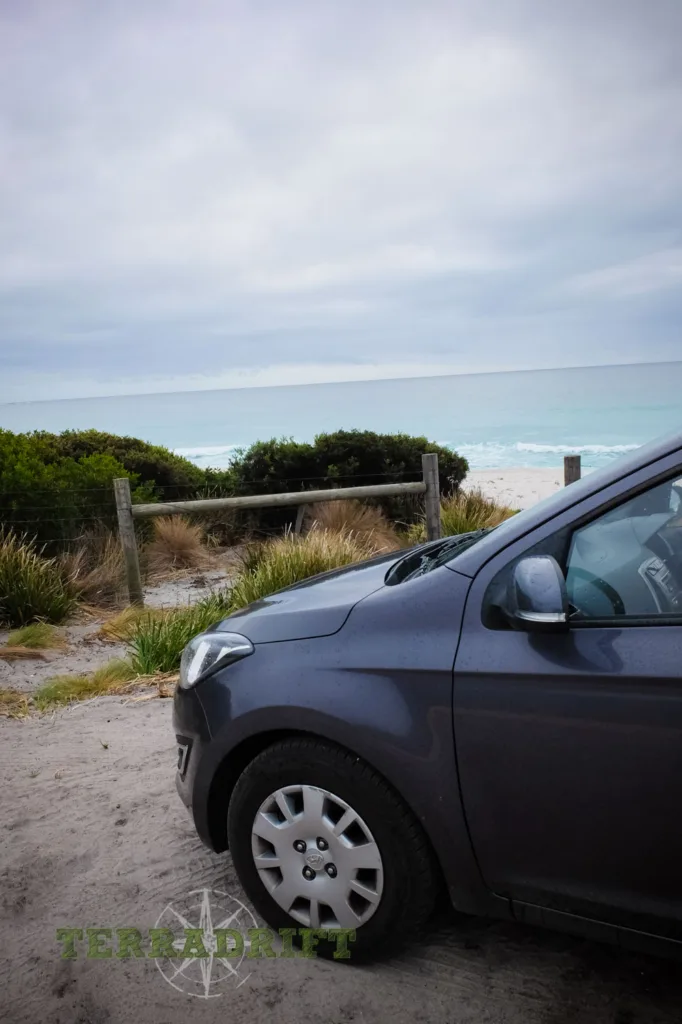
Alisha is a freelance outdoor journalist and photographer based in Ogden, UT. She loves backpacking, hiking, mountain biking, kayaking and snowboarding (even though she’s terrible at it). She’s also pretty sure she’s addicted to coffee. alishamcdarris.com
